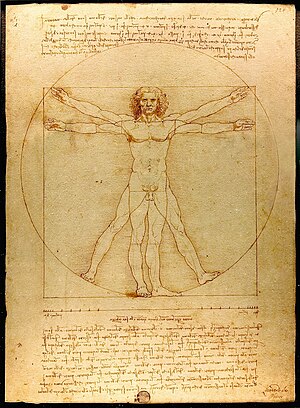thought for the day/origin of life
I've been going backwards. Let's start going back forwards. The origin of life comes to my mind. Nobody has solved it. Maybe, nobody ever will! I don't want to talk about molecular biology so much as some other stuff that generally doesn't get talked about - stable non-equilibrium structures and some stuff about auto-catalytic chemistry.
An Ilya Prigogine(who passed away just recently) actually won a nobel prize for argueing that life is what he calls a stable non-equilibrium structure. I should back up some more actually. Outside of Maxwells electromagnetism, scientists invented thermodynamics(and conservation principles; one of the first axioms of thermodynamics is a conservation law) in the eighteen hundreds. The second law of entropy said that heat was a kind disordered form of energy. A kind of energy that just grows and cannot be recoverable. As time went on, scientists realized some problems with this and all the life on earth here. How can it be? How can there be life where the entropy law says everything winds down? Ilya prigogine argued that in closed systems, entropy makes everything kind of wind down; energy becomes unrecoverable. But, in open systems(open to a flow of energy and matter), systems grow and evolve. Scientists gave him a nobel; but, then they thought, "maybe life is a stable non-equilibrium structure; but so is a tornado; a tornado is not life; maybe it's lifelike; but, it's still not like life." The question becomes what's the difference between life and say tornados and other such vortices?
I think Stuart Kauffman of the Santa Fe institute of complexity studies(he's still there!) has come up with the answer. He points out how a certain density and diversity of chemicals that link up and make one another in a kind of chemical cycle become self-sustaining. I would add that when the chemistry makes the boundary that keeps those chemicals safe from the outside is when life arises. I'm not sure if Stuart adds this; it's been awhile since I've read his "At home in the Universe." This is what's called auotpoisis by Humberto Maturana and Francisco Varela. The important point is this cyclic chemistry structure. This is a major difference between life and other stable non-equilibrium structures.
This auotpoiesis reminds me of some thoughts I've had about perpetual motion machines! Generally, by potential motion machine(a concept that led to the study of thermodynamics!) a closed system that generates energy from nothing. I'm not argueing this at all! I'm argueing about a manufacturing process that feedsback and makes one another. Something that can fix itself. Still, these machines arranged in a cyclic pattern can build one another so long as they have energy and materials from the outside. So long as those machines get their energy from the outside, they can continue forever. They are immortal as long as the universe is still around. In this sense, single cells(generally Prokaryote cells but there are single cell eukaryotic cells that live on there own as well; generally, there's prokaryotic bacterial cells, and then eukaryotic cells that keep their dna stored in a cell nucleus; generally, these eukaryotic cells are bound up with multi-cellular life) are perpetual motion machines(they've found like five hundred million year old living cells; i forget where; that scientific news item is barried under the mass of scientific advance since then and is the defining feature of our age).
Single cells have this feedback structure that is complete. Multicellular life does not have this feedback(cycle of machines that fixes and makes each other) structure. Some life can regenerate limbs(and even heads!); but, for the most part, multicellular life introduces death! They go through their life cycle and then they die. To keep going they have sex and they pass on their genes. Single cells are infinitelly changable. Some would argue that they are essentially tied up with Gaia - the earths eco-system that keeps the conditions for life on earth stable). Multi-cellular life is not. They replicate and introduce variants of themselves that are better adapted to different environments from one another. That's how they delt with changes of environment; by having different species of one another in all possibly different environments; as soon as the environment changes one way or another, certain species become extinct while others prosper in new ways.
My point is here that multicellular life introduces a break from nature to a certain extent. Not that they've totally dammed up nature like human life did ten thousand years ago to make for agricultureal civilization. But, they have become somewhat ignorant. They only know what's in front of their noses so to speak. They ultimatelly die each generation.Where I'm trying to get at(and this is still incomplete) is that humanity is defined by our science and technological dependence. And, this science and technological development is a way for multicellular life to close that feedback loop(although, by Godel's theorem; that loop will never be finished). Those alive today may witness this event(again Godel's theorem) in their lifetimes.


Well,I've more or less fixed the and shown where there's some paragraph structure!(I've been having a hard time trying to keep the computer from putting everything into one paragraph) with this post).
ReplyDelete